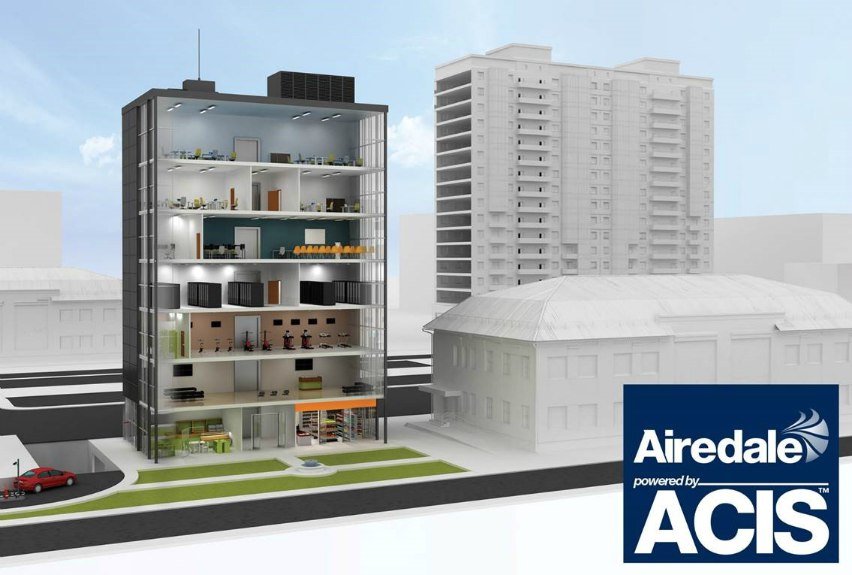20 July 2017
|
| Richard Burcher of Airedale International Air Conditioning suggests simple, cost-effective tactics to cut carbon emissions and energy costs. Much is written about marginal gains, the small incremental improvements which can be made to any process, where the cumulative gains would end up being hugely significant. Energy saving is one process which can benefit marginal gains. Ensuring lights are off when an office is not in use, for example, can turn small changes into big savings. |
Much other energy-intensive equipment is used within a facility, and which adds to a building’s energy consumption. By incorporating this equipment into the controls, facility managers can regulate equipment and optimise building performance. The key for reduced energy consumption is not to control equipment individually, but to integrate systems together, making the right decisions to benefit the internal environment, whilst considering changing external conditions.
In this instance, weather stations and sensors can integrate with a BMS to link to a building’s HVAC system. This allows adjustment of HVAC to manage temperatures and other automated building facilities, such as blinds. This adaptive response within a facility reduces costs and energy usage. It also benefits employee and customer well-being, as well as productivity.
Below are a few easy tips to reduce your energy consumption:
The benefits unlocked by working with a proven controls provider and creating a central controls strategy are vast. By utilising a tailored BMS, facility managers have a central control platform which has the potential to monitor and manage energy, HVAC, lighting, building security, access control, metering, exterior building systems, scheduled maintenance, and much more.
By choosing the right BMS, building managers access data with context. Real-time, on-premise analytical control should be central to a good BMS. With powerful visualisations and user-specific analytical dashboards. This informs rationalised decision making, facility visibility, and total control of data.
Find out more about Airedale’s range of BMS services.
https://youtu.be/jj3R6U6dFkk
In this instance, weather stations and sensors can integrate with a BMS to link to a building’s HVAC system. This allows adjustment of HVAC to manage temperatures and other automated building facilities, such as blinds. This adaptive response within a facility reduces costs and energy usage. It also benefits employee and customer well-being, as well as productivity.
Below are a few easy tips to reduce your energy consumption:
- Link all heating, ventilation and air conditioning (HVAC) together to make one intuitive system
- Consider external conditions when managing your internal environment. Temperature set point should be reflective of external ambient temperatures. As well as considering employees dress and the process/job function being undertaken
- Make sure equipment mirrors your business operations, shift patterns, employee start times. There is no point cooling, heating or lighting an unused area
- Consider energy tariffs, which can differ throughout the day. Make sure you utilise energy intensive processes at the most cost-effective times. Load shifting can reduce your energy bills
- Source a BMS specified to meet your unique requirements and business goals. A BMS should have an easy interface and provide central controls. Allowing you to manage and control single or many facilities through one key system. Optimise all technical services and have complete visibility of site systems and infrastructure
- Develop your controls strategy with qualified professionals. By measuring and monitoring the technical services, equipment and usage of your facility. You can develop a robust, cost-effective and optimised controls strategy. Reducing energy consumption, maximising performance
The benefits unlocked by working with a proven controls provider and creating a central controls strategy are vast. By utilising a tailored BMS, facility managers have a central control platform which has the potential to monitor and manage energy, HVAC, lighting, building security, access control, metering, exterior building systems, scheduled maintenance, and much more.
By choosing the right BMS, building managers access data with context. Real-time, on-premise analytical control should be central to a good BMS. With powerful visualisations and user-specific analytical dashboards. This informs rationalised decision making, facility visibility, and total control of data.
Find out more about Airedale’s range of BMS services.
https://youtu.be/jj3R6U6dFkk
Content continues after advertisements








